Understanding Injection Molding Prototypes
Injection molding prototypes play a crucial role in the development of products across various industries, including automotive, consumer goods, and medical devices. This process enables designers and engineers to transform their concepts into tangible products, allowing for testing and validation before full-scale manufacturing begins. By utilizing injection molding prototypes, companies can reduce time to market while ensuring that their products meet performance and user requirements.
What is Injection Molding Prototyping?
Injection molding prototyping, often referred to as rapid injection molding, is a manufacturing process that utilizes injection molds to create prototypes of plastic parts. This technique incorporates rapid tooling methods to produce injection-molded parts more quickly compared to standard tooling processes. The resulting prototypes are generally more akin to production-grade components, providing an accurate representation of the final product.
This process is particularly beneficial for projects requiring validation before full production, as it facilitates early-stage testing and design adjustments without the significant costs associated with traditional production runs.
Key Benefits of Prototype Injection Molding
- Accelerated Time to Market: Prototype injection molding allows companies to produce prototypes rapidly, enabling quicker validations and iterations, thus shortening the overall product development cycle.
- Cost Efficiency: With reduced lead times and the ability to create multiple iterations, companies can save on costs associated with design flaws and late-stage changes in the production process.
- High Accuracy: Injection molded prototypes provide a close representation of final parts, allowing for precise testing of functionality, tolerances, and material properties.
- Material Versatility: Various plastic materials can be utilized, allowing for testing under potentially diverse environmental or functional conditions as seen in the final product application.
Common Applications for Prototypes
Injection molding prototypes are utilized in various applications, including:
- Consumer Products: Testing designs for everyday items such as kitchen utensils, electronics, and toys.
- Industrial Components: Developing parts for machinery and equipment that require stringent tolerances.
- Automotive Components: Prototyping interior and exterior automotive parts, enabling rigorous testing for ergonomic and aesthetic aspects.
- Medical Devices: Creating prototypes of medical devices that comply with regulatory requirements while ensuring usability.
The Injection Molding Process Explained
Materials Used in Injection Molding Prototypes
Several materials can be utilized in injection molding, each catering to different performance specifications and application needs:
- ABS (Acrylonitrile Butadiene Styrene): Known for its toughness and impact resistance, ABS is commonly used for consumer products.
- Polycarbonate: Transparent and highly durable, polycarbonate is often used in applications that require optical clarity.
- PP (Polypropylene): Highly chemical-resistant and flexible, making it suitable for various industrial applications.
- POM (Polyoxymethylene): Offers excellent strength and stiffness, ideal for precision parts in mechanical applications.
Step-by-Step Overview of the Process
- Design: The process begins with a 3D model of the part, which is created using CAD software. This stage involves detailed planning of each component’s dimensions and tolerances.
- Mold Creation: Once the design is finalized, a mold is created, typically using CNC machining or 3D printing methods. This mold is essential for producing the prototype parts.
- Injection: Plastic pellets are heated until they become molten and are then injected into the prepared mold under high pressure.
- Cooling: After the molten plastic fills the mold, it is allowed to cool and solidify, taking the shape of the mold.
- Removal: Once cooled, the mold opens and the formed part is ejected, ready for any post-processing steps.
Quality Control Measures in Prototyping
Quality assurance is vital in the prototyping process to ensure the functional and aesthetic characteristics meet the project specifications:
- Dimensional Inspection: Using tools like calipers and gauges to check dimensions against specifications.
- Visual Inspection: Conducting a thorough examination for defects such as surface imperfections or color inconsistencies.
- Functional Testing: Evaluating the prototype under simulated operational conditions to ensure it meets design criteria.
Comparative Analysis of Prototyping Techniques
Injection Molding vs 3D Printing for Prototypes
While both injection molding and 3D printing serve the purpose of prototyping, they offer different advantages:
- Speed: 3D printing typically allows for faster prototyping and iterations, making it ideal for quick changes and low-volume projects.
- Material Properties: Injection molding generally produces stronger, more durable parts as compared to most 3D printed materials.
- Cost for Volume: For large batches, injection molding is often more cost-effective. 3D printing can become expensive for higher quantities due to increased production time.
Cost Implications of Different Methods
The cost associated with prototyping varies significantly based on the selected method:
- 3D Printing: Lower initial costs with rapid prototyping, but higher piece price when scaling to larger quantities.
- Injection Molding: Higher setup costs due to mold creation, but lower per-unit costs when producing large volumes.
Selecting the Right Prototyping Method for Your Project
Choosing the appropriate prototyping method depends on several factors such as:
- Project budget and timeline.
- The complexity of the prototype design.
- Volume of parts required.
- Material properties needed for testing.
Key Considerations for Successful Prototyping
Design Considerations for Injection Molding Prototypes
When designing for injection molding, consider the following factors:
- Draft Angles: Include proper draft angles to aid in mold release.
- Wall Thickness: Maintain uniform wall thickness to avoid sink marks and warpage.
- Feature Size: Design features that accommodate the injection process, like rounded edges to minimize stress concentrations.
Prototyping Tools and Technologies
A variety of tools and technologies are essential for effective prototyping:
- CAD Software: Vital for designing the prototype model.
- 3D Printing: Can be utilized for initial design validation before moving to injection molding.
- Mold Flow Analysis Software: Helps predict potential issues within the mold design, allowing for adjustments before production.
Testing and Validation of Prototypes
Testing and validation are crucial to ensure the prototype meets all necessary requirements:
- Functional Testing: Evaluates if the prototype performs as intended in practical applications.
- Stress Testing: Identifies the limits of the material and design to prevent failures during use.
- User Testing: Collects user feedback on functionality and design to inform final adjustments.
Future Trends in Injection Molding Prototyping
Innovations in Materials and Techniques
The injection molding industry is witnessing significant innovations in materials and processes:
- Biodegradable Plastics: An increasing focus on sustainable materials to minimize environmental impact.
- Advanced Composites: The use of composite materials that enhance the functionality and durability of prototypes.
- Smart Materials: Materials that respond to environmental changes, leading to innovative product design possibilities.
The Role of Automation in Prototyping
Automation plays a transformative role in enhancing efficiency and consistency in prototyping:
- Automated Production Systems: From design to mold creation, automation streamlines processes, improving speed and reducing human error.
- Robotic Assembly: Implementing robotics for assembly and quality control ensures precision and can significantly decrease labor costs.
Market Trends Influencing Injection Molding Practices
Several market trends are shaping the future of injection molding:
- Customization Demand: Increased consumer demand for personalized products drives the need for flexible prototyping solutions.
- Lean Manufacturing: A growing focus on reducing waste during the prototyping process aligns with global sustainability goals.
- Smart Manufacturing: Integrating IoT and data analytics into the injection molding process enhances decision-making and operational efficiency.
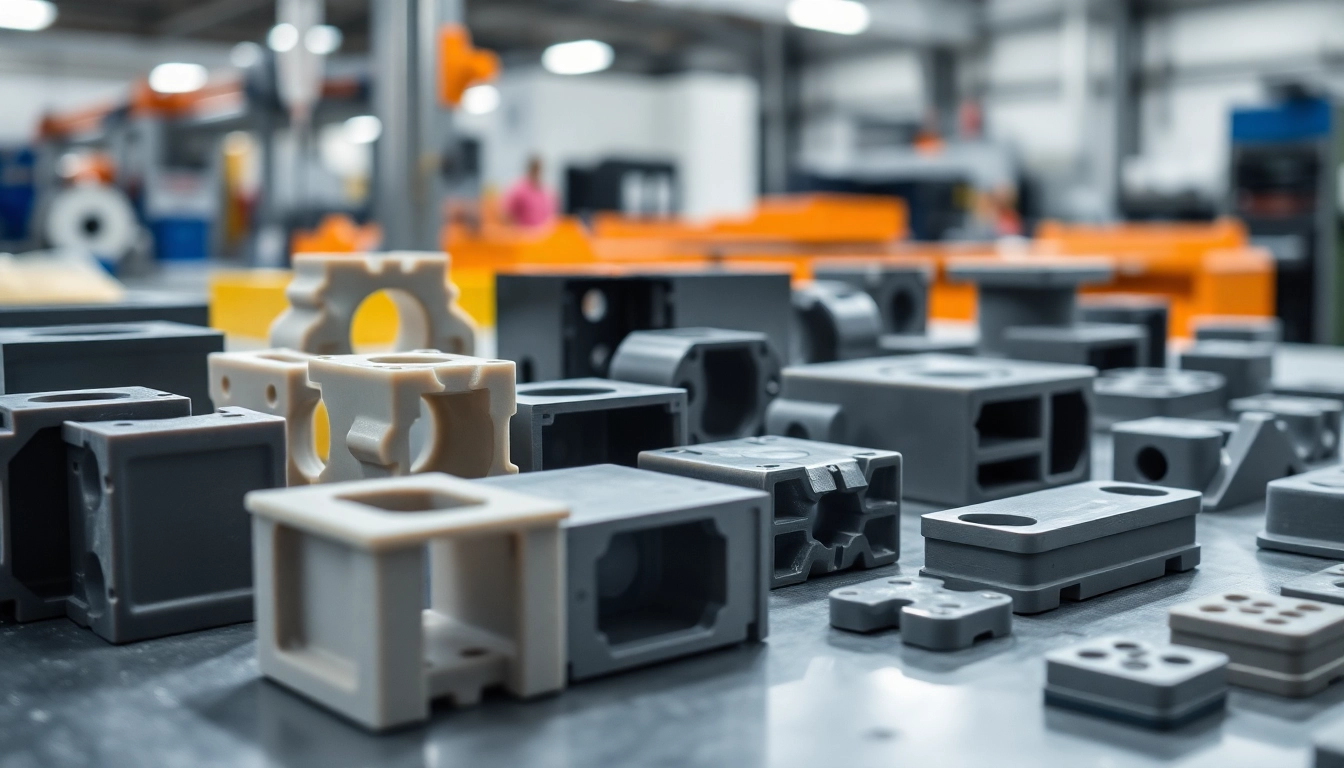

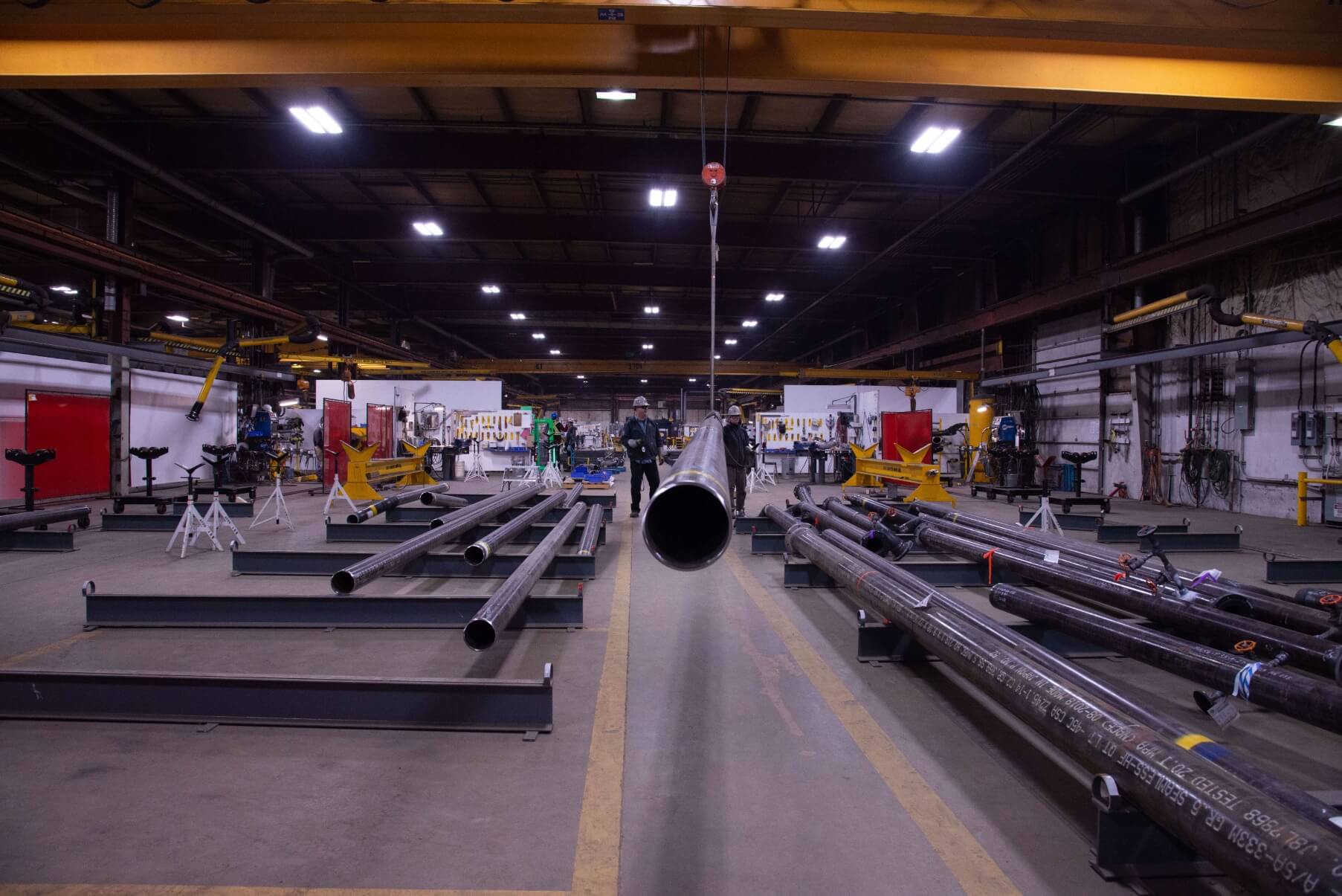

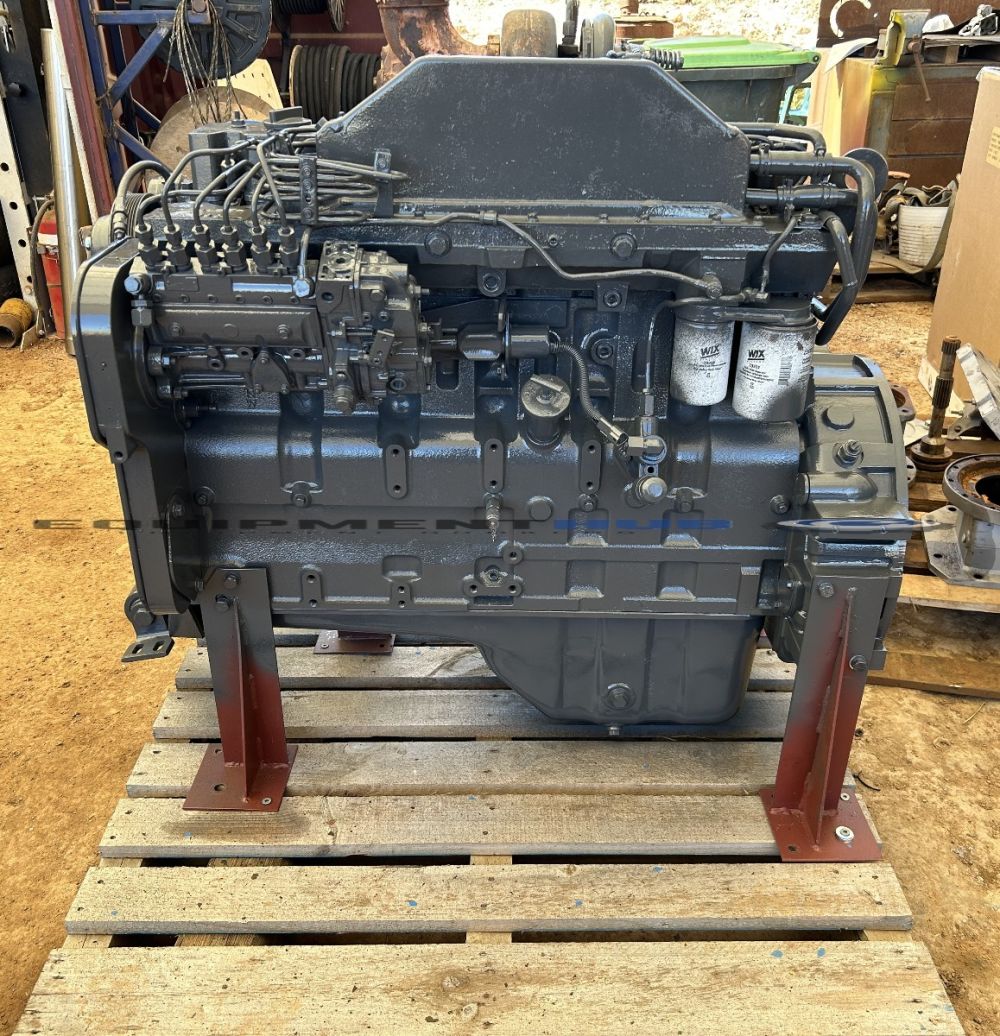




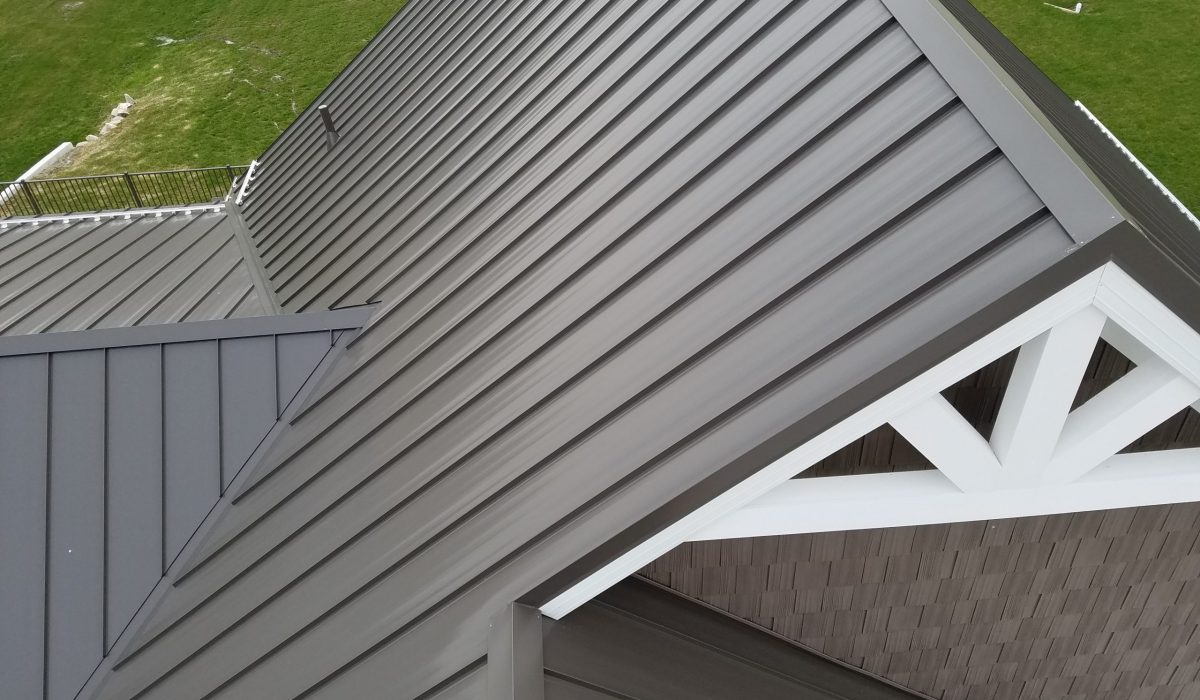
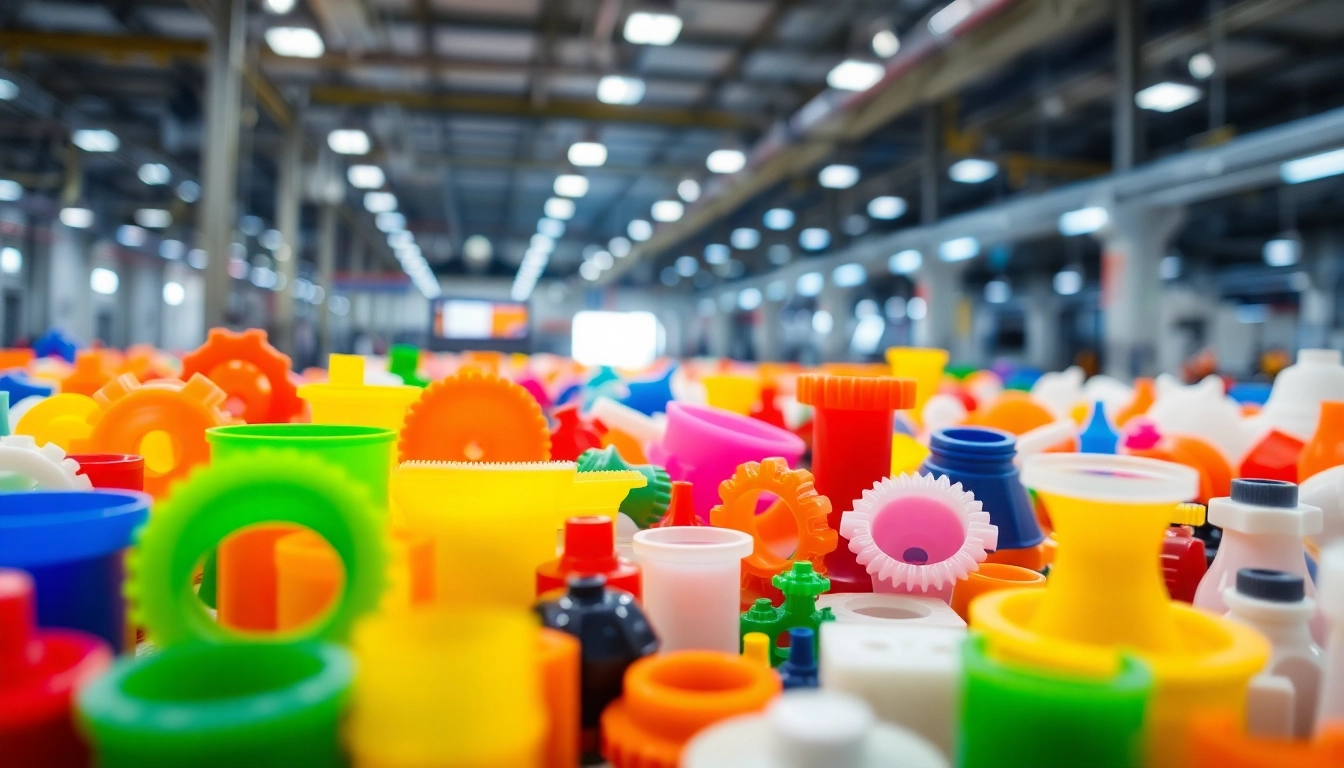
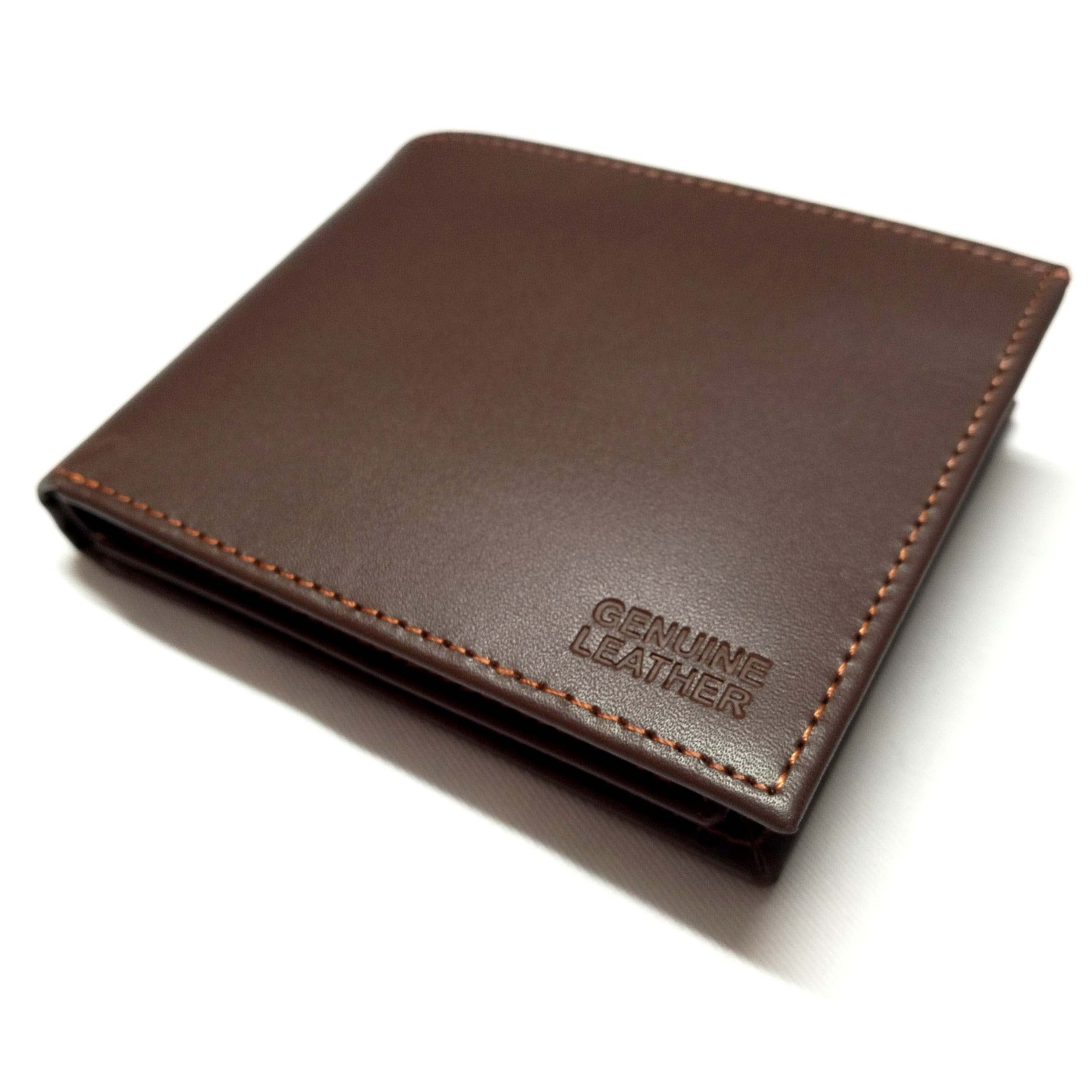



Leave a Reply